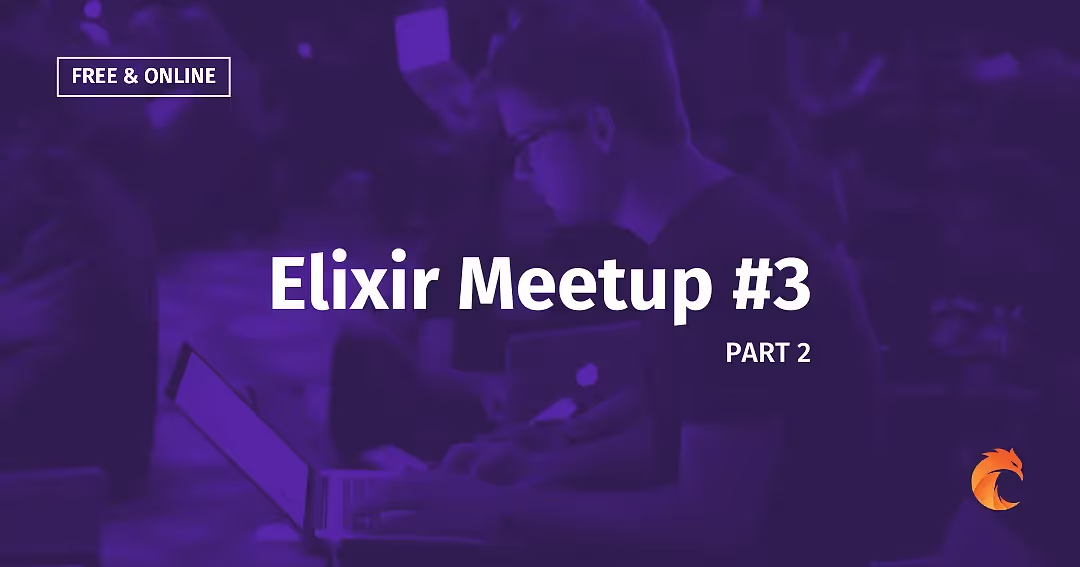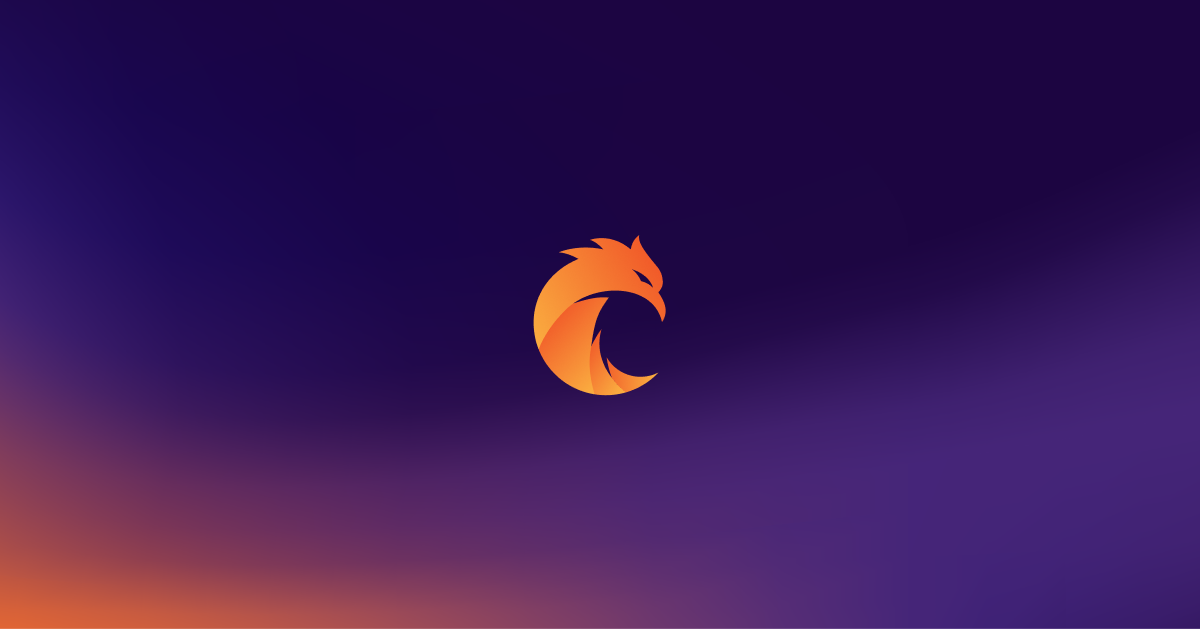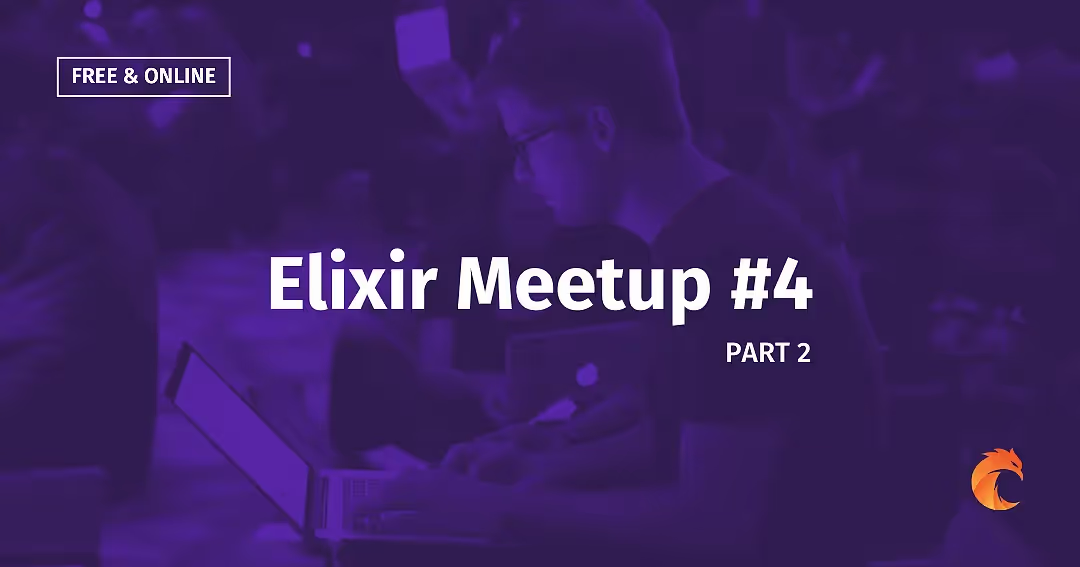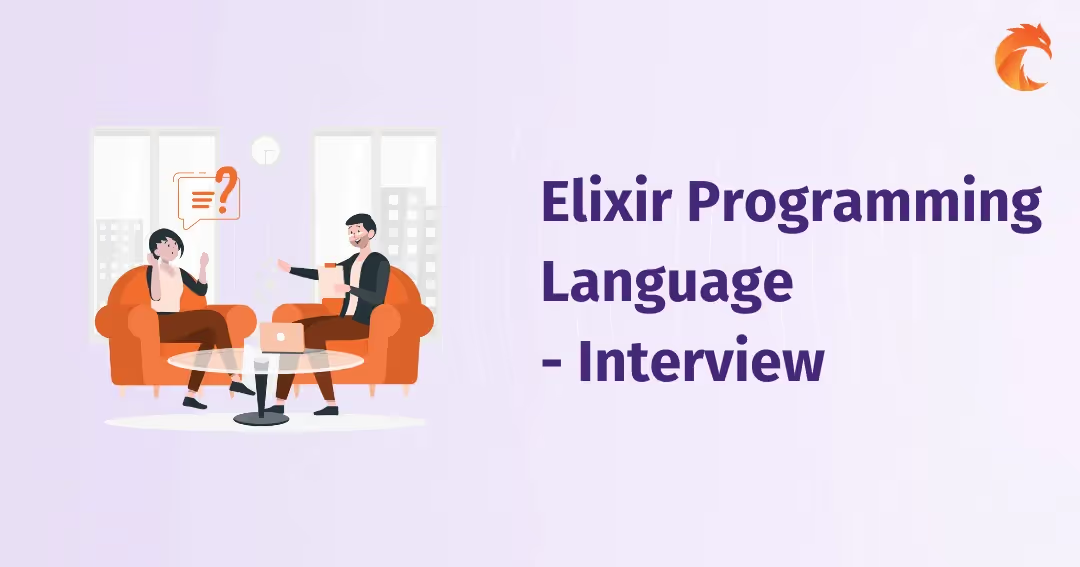Phoenix LiveView: A Solution to Madness - Joshua Plicque - Elixir Meetup #3


Check the presentation on how Phoenix LiveView can simplify web application development. He emphasized the advantages of using LiveView over traditional single-page applications (SPAs), showcasing its efficiency and ease of use.
About Joshua Plicque
Joshua Plicque is the founder of Or Equals, a US-based software consultancy specializing in Phoenix LiveView and Elixir. With over two years of experience using LiveView, Joshua brings a wealth of practical knowledge to the table.
The Over-Engineered State of Modern Web Development
The Problem with SPAs
Joshua highlighted the complexity of modern SPAs, which require separate front-end and back-end teams, leading to communication overhead and integration issues. He argued that this separation often results in increased development time and maintenance difficulties.
Key Points:
- Complex Contracts: Communication between front-end and back-end teams.
- Increased Overhead: More code and integration points to manage.
- Maintenance Challenges: Difficulty in ensuring consistent functionality across separate stacks.
Introducing Phoenix LiveView
HTML Over the Wire
Phoenix LiveView simplifies development by serving HTML over WebSockets, reducing the need for separate front-end frameworks like React or Vue.js. This approach enables developers to build interactive applications with a single language, Elixir.
Benefits:
- Unified Codebase: Write both front-end and back-end in Elixir.
- Real-Time Updates: Achieve real-time interactivity without JavaScript.
- Reduced Complexity: Eliminate the need for complex API contracts and serializers.
Real-World Applications
A Production Example
Joshua demonstrated a production-grade application built with Phoenix LiveView, showcasing its capabilities in a real-world scenario. The application included dynamic features like adding items to a shopping cart, with real-time updates reflected on the user interface.
Example Features:
- Real-Time Cart Updates: Adding items and updating totals instantly.
- Responsive Design: Adapts seamlessly to different devices and screen sizes.
Implementing LiveView
Step-by-Step Guide
Joshua provided a detailed guide on implementing Phoenix LiveView in an application. He covered essential concepts like the initial mount, WebSocket connection, and handling events.
Key Steps:
- Setup Router: Define routes for LiveView components.
- Mount Callback: Handle initial page load and setup.
- Event Handling: Manage user interactions and updates.
Addressing Common Objections
Performance and Scalability
Joshua addressed concerns about LiveView’s performance and scalability. He pointed out that LiveView is built on the robust Elixir and Phoenix foundations, which are designed to handle millions of WebSocket connections efficiently.
Key Points:
- Scalability: Proven to handle large-scale applications.
- Efficiency: More efficient than traditional SPAs due to minimal payloads.
Practical Tips and Best Practices
Enhancing Developer Productivity
Joshua shared practical tips to maximize productivity when using Phoenix LiveView. He emphasized the importance of starting from the router, leveraging the power of contexts, and keeping the codebase clean and maintainable.
Best Practices:
- Start from Router: Define routes clearly.
- Use Contexts: Encapsulate business logic.
- Clean Code: Maintain readability and simplicity.
Conclusion
Joshua Plicque’s presentation at Elixir Meetup #3 highlighted the transformative potential of Phoenix LiveView. By simplifying the development process and reducing complexity, LiveView enables developers to build powerful, real-time web applications efficiently.
Join the Community
Ready to explore the reliability of Elixir and Erlang?
Register for the next Elixir Meetup at Curiosum Meetups: Registration Join our community of Elixir enthusiasts at Elixir LinkedIn Group Prefer watching the presentation? Here’s the video
Want to power your product with Elixir? We’ve got you covered.
Related posts
Dive deeper into this topic with these related posts
You might also like
Discover more content from this category
At Elixir Meetup #4, Bartosz Górka delivered an informative session on tracking Elixir apps using Telemetry and Metrics. He shared his insights on implementing Telemetry, capturing meaningful metrics.
Michał Buszkiewicz, CTO at Curiosum, was a guest in Podcast POIT ("Porozmawiajmy o IT"/"Let's talk about IT") conducted by Krzysztof Kempiński.
The concept of Phoenix Context may appear straightforward, yet its potential for significantly boosting Phoenix app maintainability is profound. However, the truth is many developers grapple with its effective implementation.




